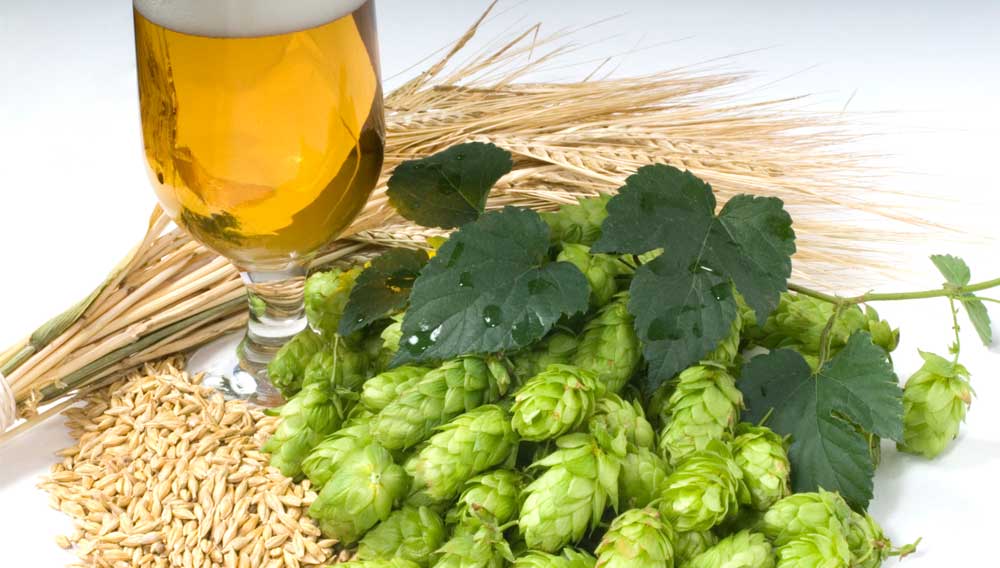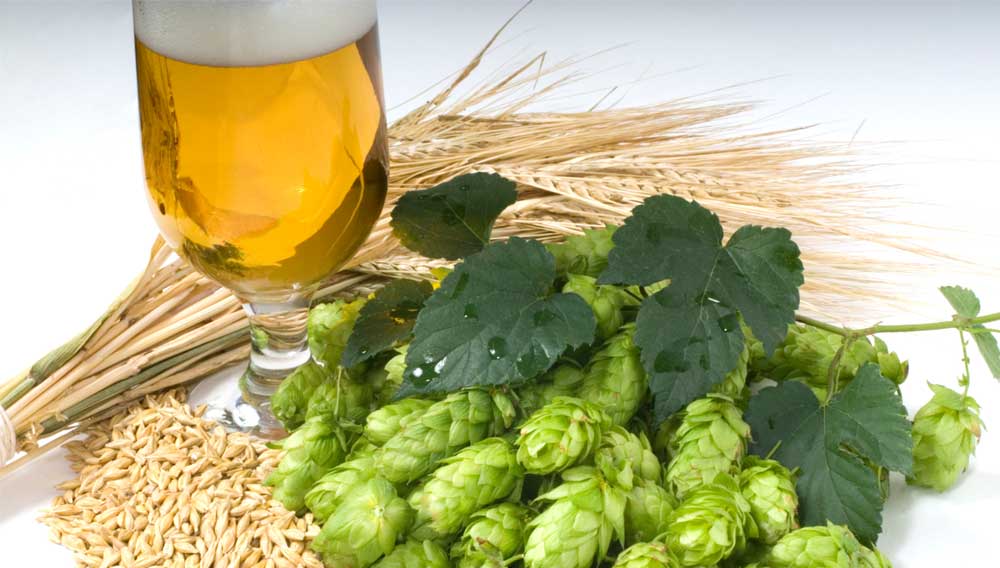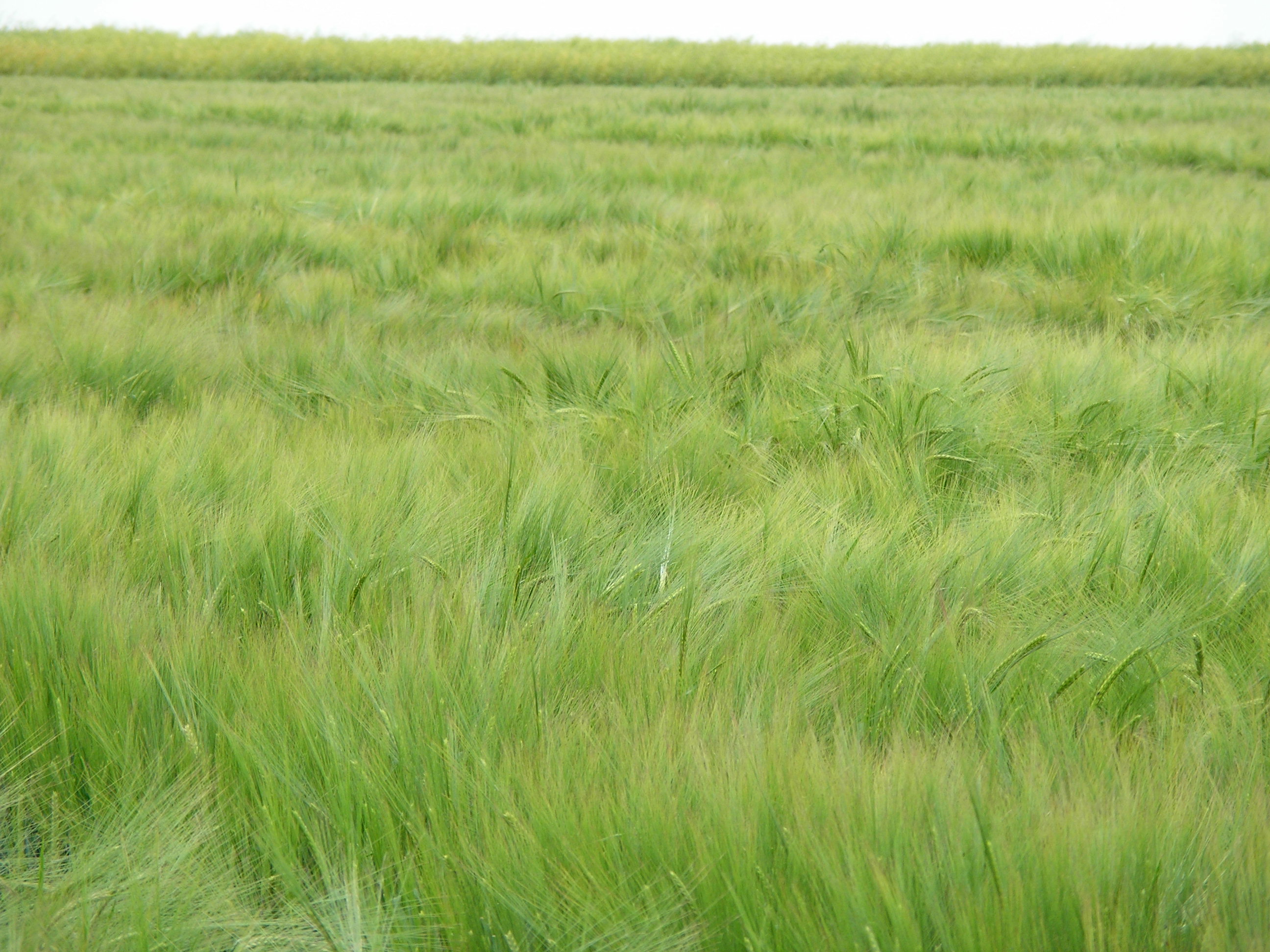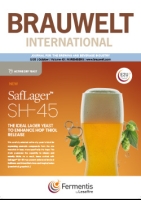
Flavour and Aroma | Hops are a very important component for the success of craft beer. Aroma and flavour of hops in strongly hopped and often in dry hopped beers are frequently particularly responsible for the character of such beers. But this aroma and this flavour are fragile and exposed to a great multiplicity of influencing factors. The question thus arises as to whether standard pellets used in dry hopping can simply be replaced by enriched ones (dosing the same oil equivalent). Or will they change flavour and aroma? This article covers these questions.
Hops are known as the spice of beer and traditionally used as a minor ingredient in the brewing of beer. Perhaps because of its low use rate, very little has been reported in the literature regarding what vitamins are present in hops.
With exception of France and Great Britain, almost all regions in Europe complain of drought during the growing season. Impact on yields is already noticeable. How far qualities will be affected remains to be seen. The risk of high protein content exists.

Bouquet analysis | In recent years, the dry hopping technique was developed to produce unique beers by revealing all the aromatic potential of hops. The aim of this study was to investigate the impact of hop varieties Aramis, Mistral and Barbe Rouge on the sensory properties of dry-hopped lagers. Analysis of volatile compounds and sensory ranking tests of beers revealed that these three hops have unique aromatic signatures.

Commercial-scale tests | In Part 1 of this contribution (see BRAUWELT International No. 2, 2018, pp. 101-103), microbiological activity of hop components in general was described and identification of a hop-based inhibitory power of beer presented. Part 2 discusses the relevance and significance of this inhibitory power based on commercial-scale tests.
The Hop Breeding Company (HBC), a joint venture between John I. Haas, Inc. and Select Botanicals Group LLC released the new proprietary hop SabroTM brand HBC 438. Sabro is an intensely unique hop, notable for its complexity of fruity and citrus flavors, including distinct tangerine, coconut, tropical fruit, and stone fruit flavors, with hints of cedar, mint, and cream.
The global yeast technology company Renaissance BioScience Corp. (RBSC) announced a new partnership with Mitacs for a multi-year, USD 1.44-million research and development project. Mitacs, a national not-for-profit research and training organization, will provide matching funding to the RBSC project to support the development of next-generation, systematic tools and methods for expanding, screening and selecting biodiversity in non-GMO industrial yeast strains.
Impact analysis | Dry hopping is very popular among craft brewers, however, few realize that it can significantly alter the hop acid composition of beer which can affect a beer’s bitterness and interfere with the IBU Test. It can also increase a beer’s pH. Dry hopping experiments were conducted and a number of analytical tests were performed on beers before and after dry hopping to better understand the impact it can have on bitterness, the IBU, and pH. In a separate follow-up paper dry hopping experiments were performed to evaluate its effect on beer foam stability.
The 2017 hop harvest is over. The AHA (Hop Analysis Working Group) announces the average alpha acid values as determined in freshly harvested hops. Members of the AHA include the laboratories of the German processing plants, LfL Hüll, BLQ Weihenstephan, VLB Berlin, TU Berlin, Labor Veritas Zurich and the Slovenian Institute of Hop Research and Brewing Žalec. These values are the basis of any modifications to supply contracts with “alpha clause”. To raise the informational content, some varieties have been added to this table: the newest German varieties and some others from the growing regions Slovenia and the Czech Republic.
The 8th Ibero-American Symposium, organized by VLB Berlin, was held from October 23rd to 25th of 2017 in Guatemala City. The conference program included presentations on a wide range of topics, starting with the raw materials used in beer production, moving on to bottling and packaging, and culminating in a more global note with topics such as sustainability. VLB Berlin was supported by Cervecería Centro Americana and by the market researchers at Euromonitor International.
The supply of spring brewing barley in Europe remains uncertain. In some regions barley quality suffered a lot. Concessions from the processing industry are necessary.



